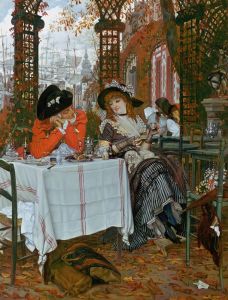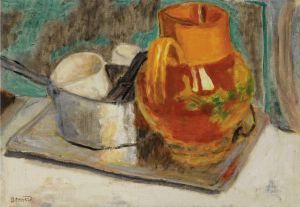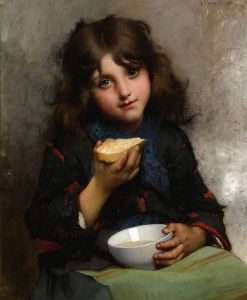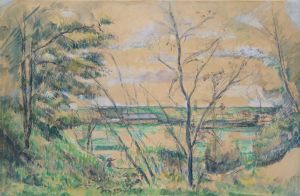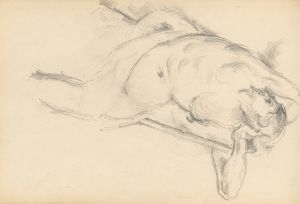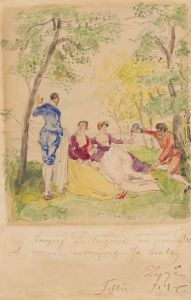
Pommes Et Poires
A hand-painted replica of Paul Cézanne’s masterpiece Pommes Et Poires, meticulously crafted by professional artists to capture the true essence of the original. Each piece is created with museum-quality canvas and rare mineral pigments, carefully painted by experienced artists with delicate brushstrokes and rich, layered colors to perfectly recreate the texture of the original artwork. Unlike machine-printed reproductions, this hand-painted version brings the painting to life, infused with the artist’s emotions and skill in every stroke. Whether for personal collection or home decoration, it instantly elevates the artistic atmosphere of any space.
"Pommes et Poires" (Apples and Pears) is a still life painting by the French Post-Impressionist artist Paul Cézanne. Created around 1888-1890, this work exemplifies Cézanne's innovative approach to form, color, and composition, which significantly influenced the development of modern art.
Paul Cézanne was born on January 19, 1839, in Aix-en-Provence, France. He is often credited with bridging the gap between late 19th-century Impressionism and the early 20th century's new line of artistic inquiry, Cubism. His unique method of building form with color and his analytical approach to nature influenced the aesthetic development of many 20th-century artists and art movements.
"Pommes et Poires" is a testament to Cézanne's mastery in still life painting. The artwork features a simple yet dynamic arrangement of apples and pears, placed on a surface that appears to be a table. The fruits are depicted with a remarkable sense of volume and solidity, achieved through Cézanne's characteristic use of color modulation and brushstrokes. Rather than relying on traditional methods of shading and perspective, Cézanne used patches of color to create a sense of depth and form.
The composition of "Pommes et Poires" is carefully balanced, with the fruits arranged in a seemingly casual yet deliberate manner. This balance is a hallmark of Cézanne's still lifes, where the placement of objects often suggests a deeper structural harmony. The background is typically subdued, allowing the vibrant colors of the apples and pears to stand out. Cézanne's palette in this painting includes rich reds, greens, and yellows, which he used to convey the natural beauty and texture of the fruits.
Cézanne's approach to still life was revolutionary for his time. He moved away from the detailed realism that characterized earlier still life paintings, instead focusing on the underlying geometric shapes and the interplay of color. This method laid the groundwork for future artists like Pablo Picasso and Georges Braque, who would later develop Cubism.
"Pommes et Poires" is part of a larger body of work in which Cézanne explored the still life genre. Throughout his career, he painted numerous still lifes featuring apples, pears, and other everyday objects. These works were not merely exercises in representation but were also investigations into the fundamental principles of painting. Cézanne's still lifes are celebrated for their ability to transform ordinary objects into profound studies of form and color.
Today, "Pommes et Poires" is held in high regard within the art community and is considered an important example of Cézanne's contribution to modern art. The painting is housed in various prestigious collections and has been exhibited in numerous museums and galleries around the world. Cézanne's influence can be seen in the works of many subsequent artists, and his still lifes continue to be studied and admired for their innovative approach and enduring beauty.
In summary, "Pommes et Poires" by Paul Cézanne is a significant work that showcases the artist's pioneering techniques and his profound impact on the evolution of modern art. Through his unique use of color and form, Cézanne transformed the still life genre and left a lasting legacy that continues to inspire artists and art enthusiasts alike.





